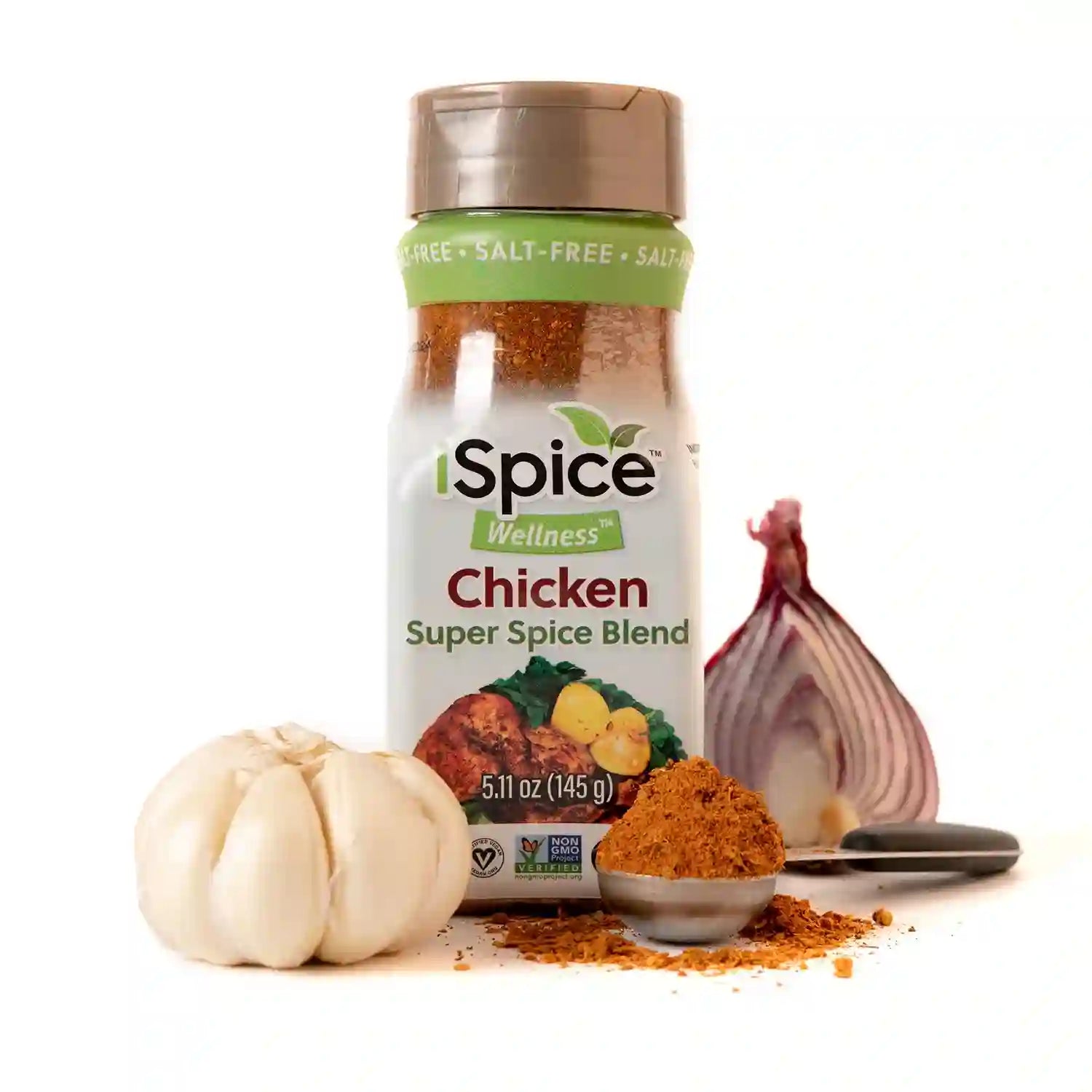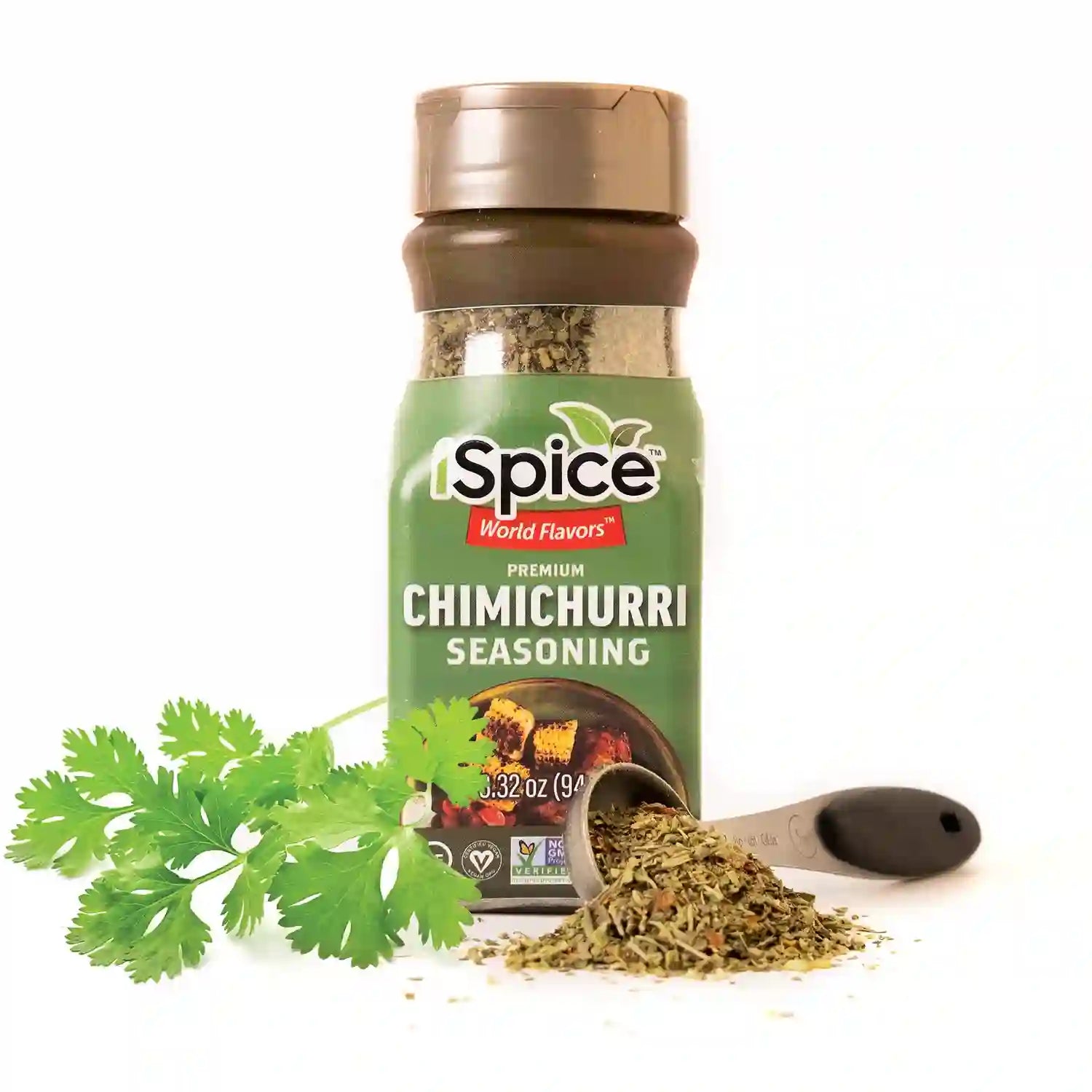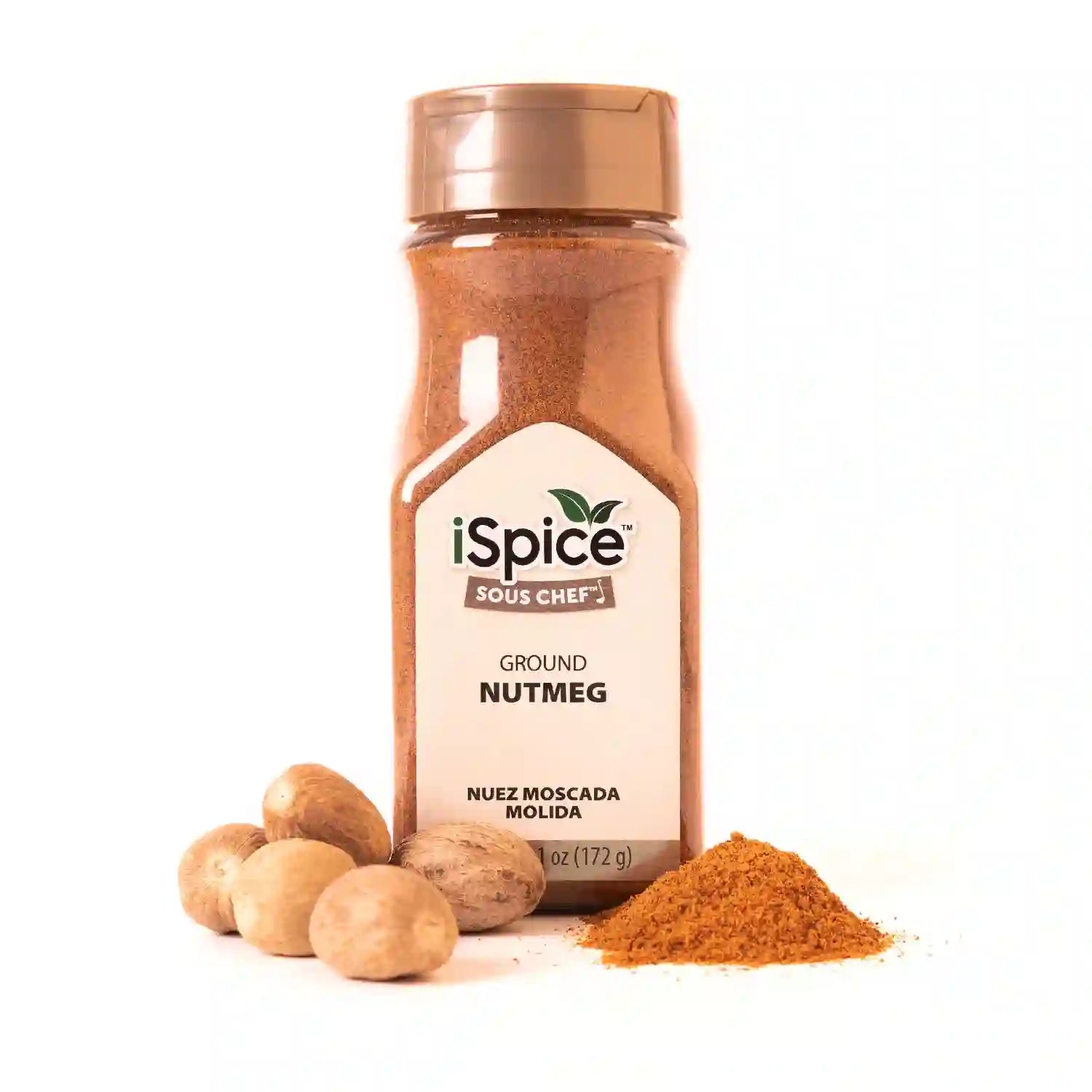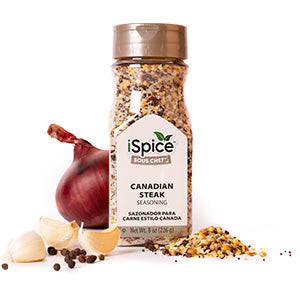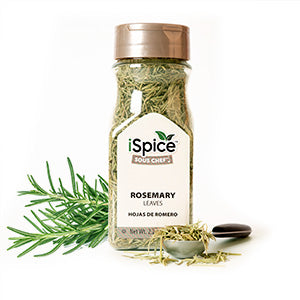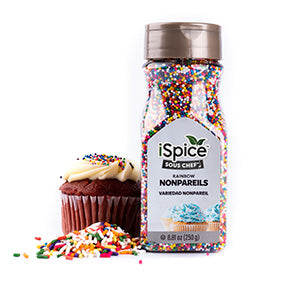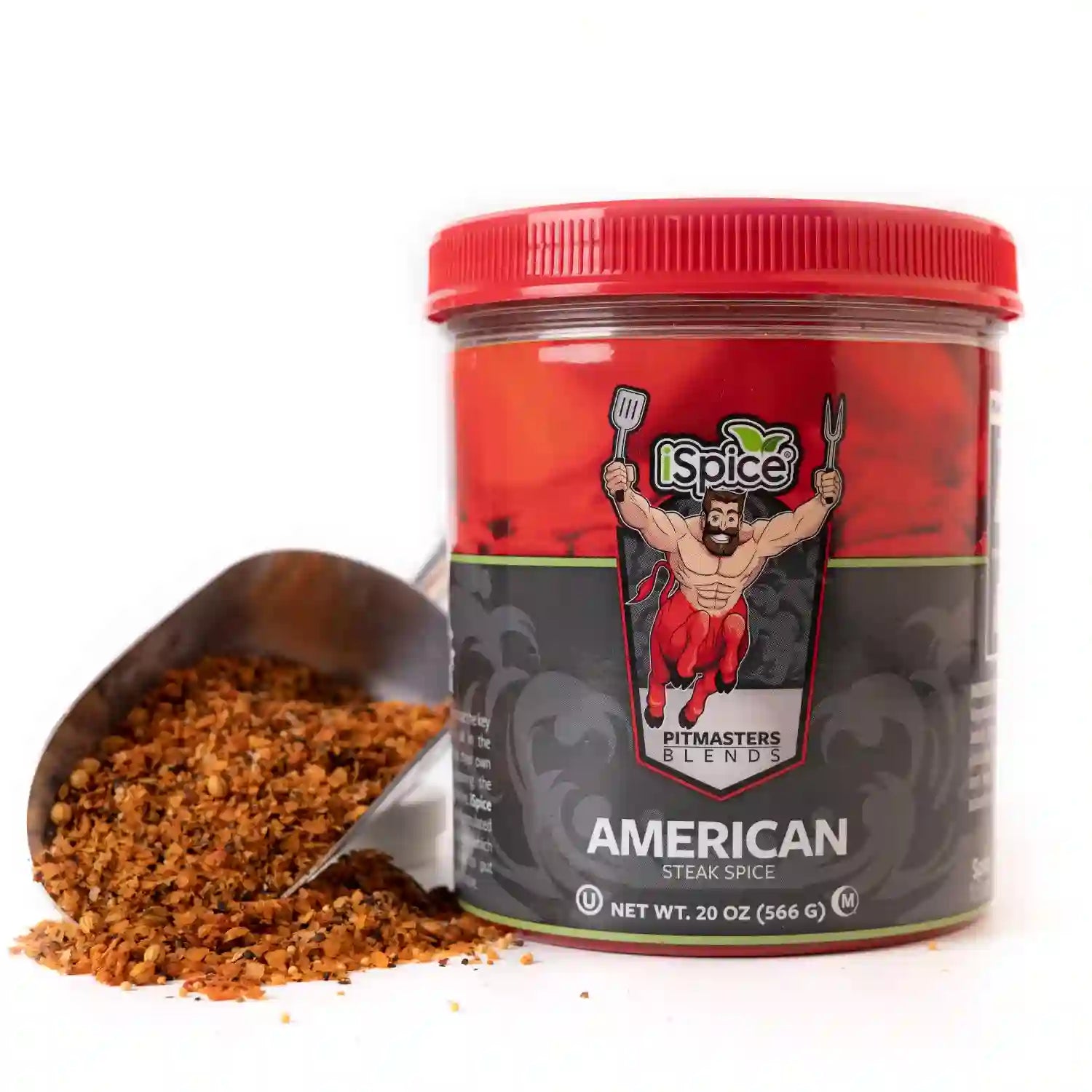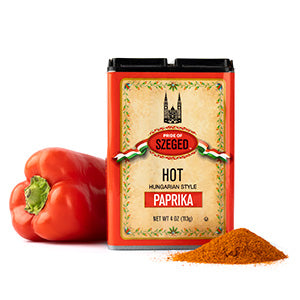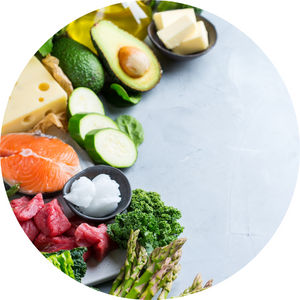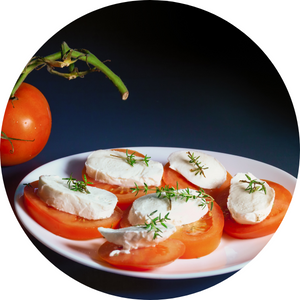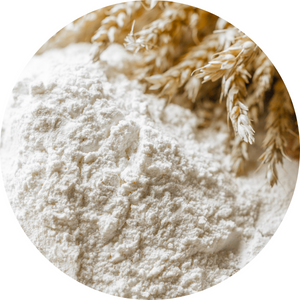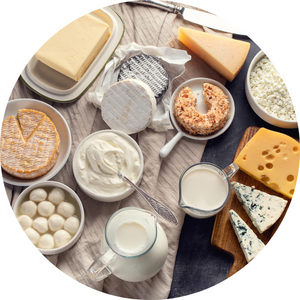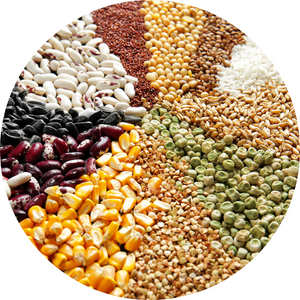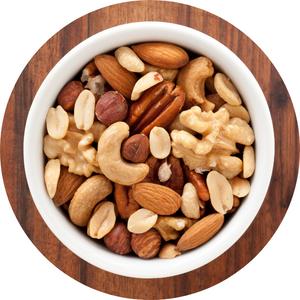
Introduction
French macarons are elegant, delicate, and utterly irresistible treats. Achieving the perfect macaron with the ideal texture and appearance requires careful attention to every ingredient used. One such key ingredient that plays a crucial role in making these delightful confections is cream of tartar. In this article, we will delve into the significance of cream of tartar in French macaron preparation, its scientific implications, and how to harness its potential to craft flawless macarons.
The Science Behind Cream of Tartar
Cream of tartar, also known as potassium bitartrate, is a byproduct of winemaking. It forms as a sediment in wine barrels and is then purified to be used in various culinary applications. Chemically, it is an acidic salt that helps stabilize and leaven certain recipes.
LSI Keywords: Potassium bitartrate, acidic salt, culinary applications, leavening agent, winemaking byproduct
Why Cream of Tartar is Essential for French Macarons?
Using cream of tartar in French macarons serves multiple vital purposes that contribute to their characteristic appearance and texture. Let's explore its key roles:
1. Macaron Structure and Stability
Cream of tartar acts as a stabilizer, preventing the sugar in the macaron shells from crystallizing and creating a smooth, glossy surface. This gives the macarons their iconic "feet" – the ruffled edge at the base of the shells – and a perfectly domed top.
2. Improved Texture
The addition of cream of tartar enhances the macaron's texture, resulting in a crisp outer shell that delicately gives way to a chewy, melt-in-your-mouth interior. This contrast in textures is one of the hallmarks of well-made macarons.
3. pH Balance
Cream of tartar's acidic nature helps in achieving the optimal pH balance in the macaron batter. This is crucial for the proper formation of the macaron shells and ensures they rise evenly during baking.
4. Egg White Stabilization
The acidic properties of cream of tartar aid in stabilizing egg whites, making them less prone to overbeating and helping to create a voluminous, airy foam. This is essential for achieving the desired lightness and structure in macarons.
5. Flavor Enhancement
Cream of tartar subtly enhances the flavor of French macarons, adding a mild tanginess that complements the sweetness of the filling.
LSI Keywords: Sugar crystallization, glossy surface, pH balance in batter, airy foam, mild tanginess
Incorporating Cream of Tartar: Step-by-Step Guide
Now that we understand the significance of cream of tartar in making perfect French macarons, let's go through a step-by-step guide to incorporate it into your macaron recipe successfully:
1. Gather Your Ingredients
Before you begin, ensure you have all the necessary ingredients: almond flour, powdered sugar, cream of tartar, granulated sugar, egg whites, and any flavorings or colorings you desire.
2. Sift Dry Ingredients
To achieve a smooth and lump-free macaron batter, sift the almond flour, powdered sugar, and cream of tartar together. Repeat this step if necessary until the mixture is fine and well-combined.
3. Begin Whisking Egg Whites
In a clean, grease-free mixing bowl, start whisking the egg whites on low speed until they become frothy. Then, add the cream of tartar, and continue whisking until soft peaks form.
4. Gradually Add Granulated Sugar
While continuing to whisk the egg whites, gradually add the granulated sugar, a spoonful at a time, until stiff peaks form. The meringue should be glossy and hold its shape.
5. Fold Dry Ingredients
Carefully fold the sifted dry ingredients into the meringue in small batches. Use a gentle folding motion to preserve the airiness of the mixture.
6. Pipe and Rest
Transfer the macaron batter into a piping bag fitted with a round tip. Pipe small, even circles onto a parchment-lined baking sheet. Tap the baking sheet to release any air bubbles, and then let the piped macarons rest for 30 minutes to form a dry, smooth skin.
7. Bake and Cool
Bake the macarons in a preheated oven at the recommended temperature, depending on your recipe. Once done, remove them from the oven and allow them to cool completely before filling.
FAQs about Cream of Tartar in French Macarons
Q: Can I skip cream of tartar in my macaron recipe?
A: While it is possible to make macarons without cream of tartar, it plays a critical role in achieving the perfect texture and stability. Skipping it might result in less desirable macaron shells.
Q: Can I substitute cream of tartar with another ingredient?
A: Yes, you can use a small amount of lemon juice or white vinegar as a cream of tartar substitute. However, keep in mind that these alternatives might impart a slight flavor difference.
Q: How long do cream of tartar macarons stay fresh?
A: When stored in an airtight container, cream of tartar macarons can stay fresh for up to 3-4 days. Refrigerating them can extend their shelf life.
Q: Can I use cream of tartar in other baking recipes?
A: Absolutely! Cream of tartar is commonly used in recipes that require stabilizing egg whites or preventing sugar crystallization, such as meringues and certain cake batters.
Q: Is cream of tartar gluten-free?
A: Yes, cream of tartar is naturally gluten-free, making it suitable for gluten-sensitive individuals.
Q: How do I know if I've incorporated the right amount of cream of tartar?
A: The recommended amount of cream of tartar is typically small, usually around 1/8 teaspoon per egg white. Too much can affect the taste, while too little may not provide the desired stabilizing effect.
Conclusion
Cream of tartar is an indispensable ingredient in creating the perfect French macarons. Its role in stabilizing egg whites, maintaining the ideal pH balance, and enhancing the macaron's texture and appearance cannot be understated. By understanding the science behind cream of tartar and following the step-by-step guide, you can confidently embark on your macaron-making journey. So go ahead, experiment with flavors, and delight in the art of crafting impeccable French macarons that are sure to impress!
Alert: While spices can have many beneficial properties for health, using them for medical purposes should be done under the guidance and supervision of a healthcare professional or specialist. Some spices may interact with medications or cause adverse reactions in certain individuals, and it is important to use them safely and appropriately. If you are considering using spices for a medical condition, it is important to consult with a healthcare professional before doing so.

